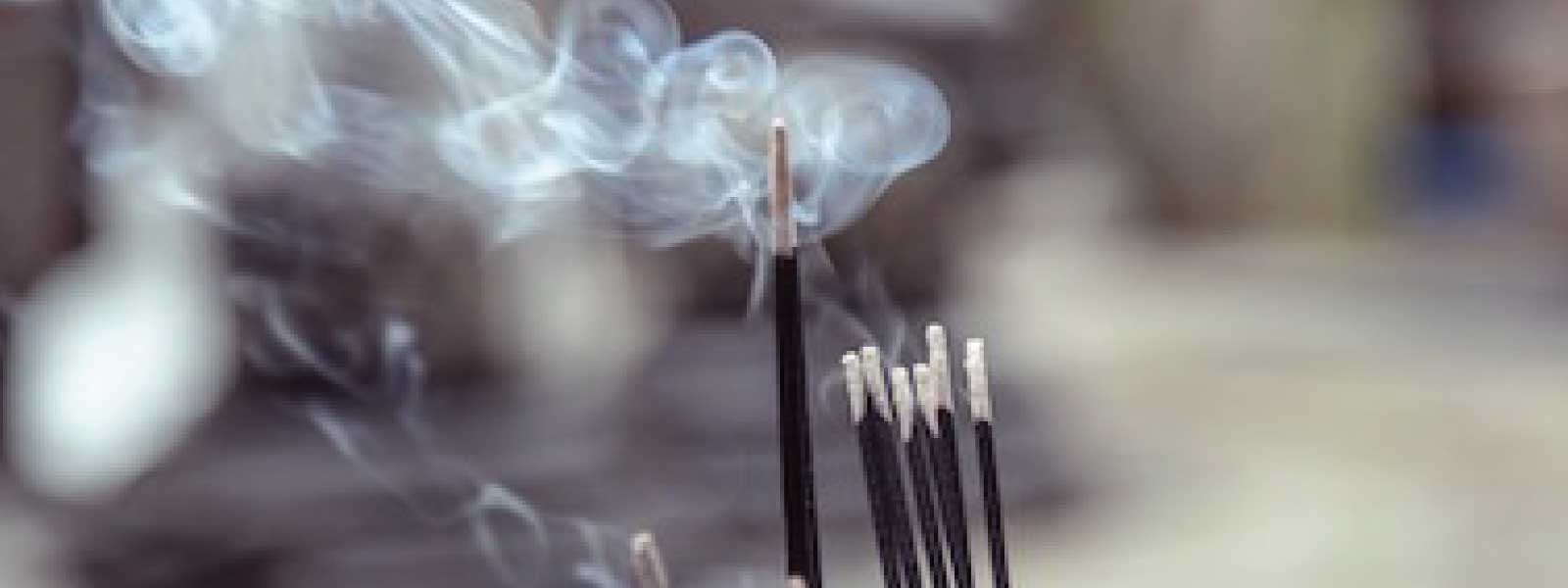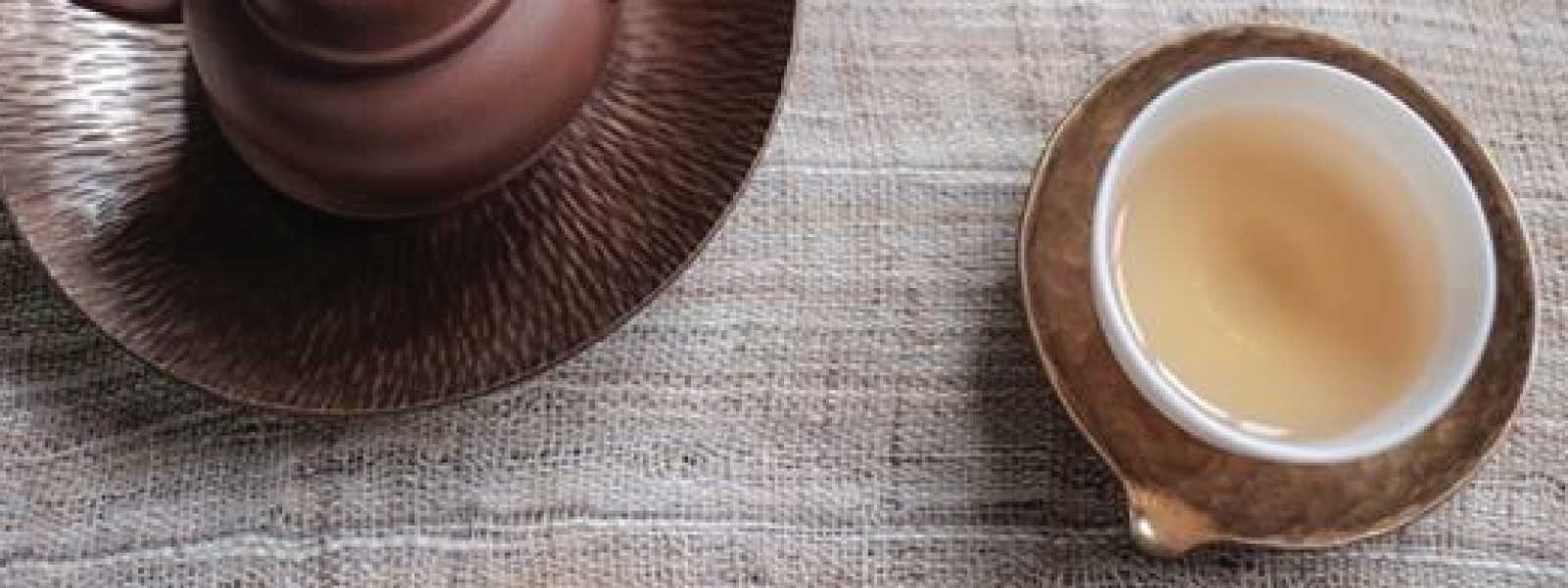BY: Camila Loew
In Chinese culture, four beautiful, traditional practices that date back to the Song dynasty (960-1279 A.D.) and are still popular today. Though you may think of them as overall aesthetic, because of their focus on cultivation of temperance, contemplation, and the spirit, they are also linked to health preservation. These four practices are: tea, incense burning, flower arranging, and calligraphy. In what follows, we offer you a brief overview of each, in the hopes that you may want to try out one of them and cultivate your spirit and health the traditional Chinese way.

Fortunately, all of these traditional beautiful practices are now easily accessible in the modern-day West. They can be a wonderful way to slow down, be mindful, and connect with yourself and others. Calming the mind is good in itself, but also a way to ensure less stress, a stronger immune system, and greater overall resilience. So which one would you like to try out?
